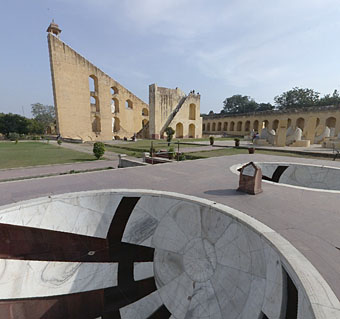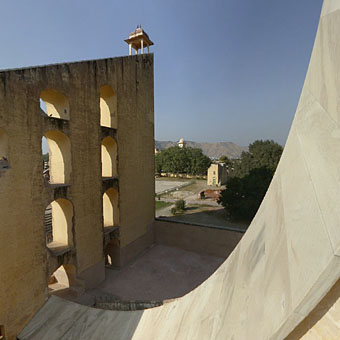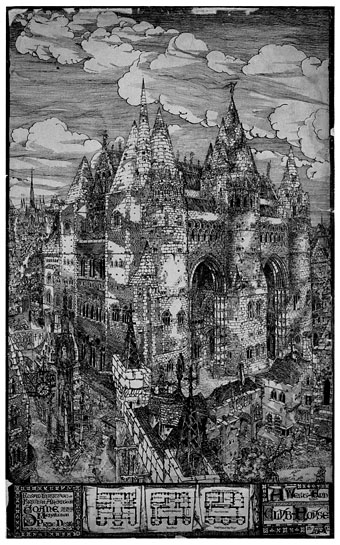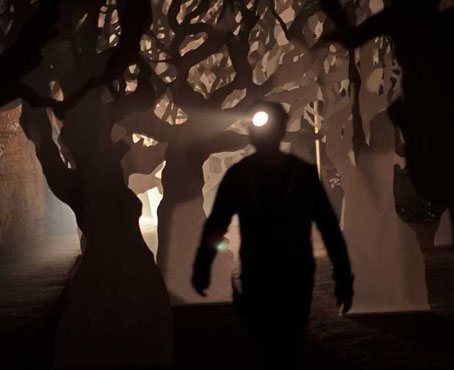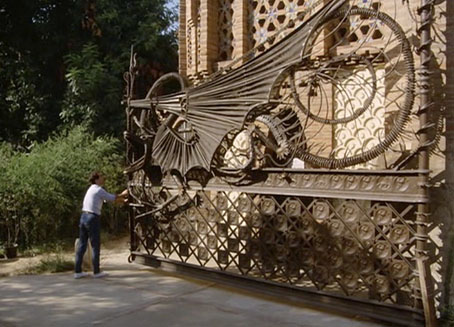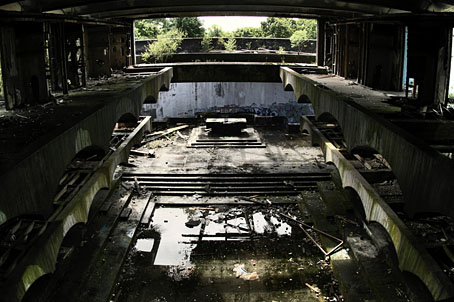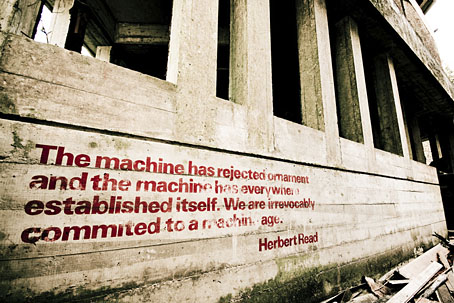A shame I didn’t discover these 360º views of the Jaipur Observatory in January when I posted a series of panoramas from different cities. The structures at Jaipur are one of five extraordinary astronomical observatories built by the Maharajah Jai Singh II in the 18th century. Would be nice to see VR photos of the other sites at higher quality but for now there’s some spherical views of the Delhi Observatory which turn it into a futuristic skateboard park. And there’s also the Garden of Instruments.
Elsewhere on { feuilleton }
• The panoramas archive
Previously on { feuilleton }
• Carlo Scarpa’s Brion-Vega Cemetery
• The Jantar Mantar

